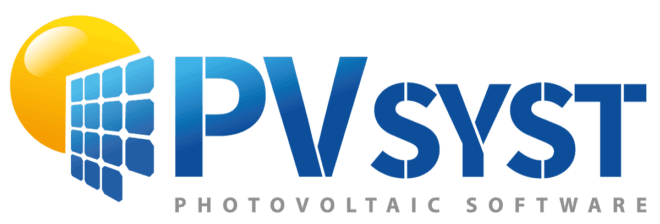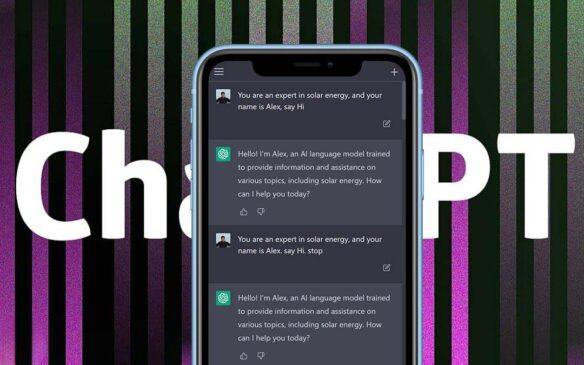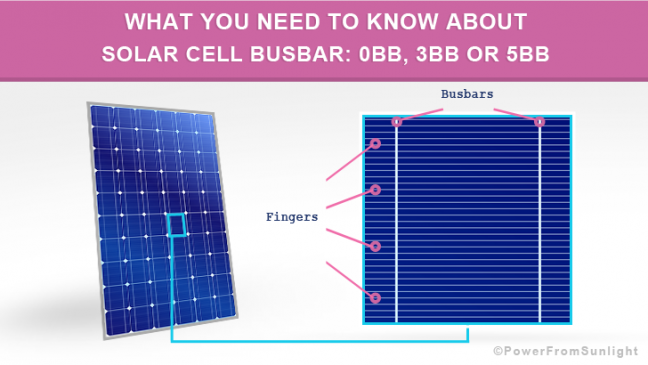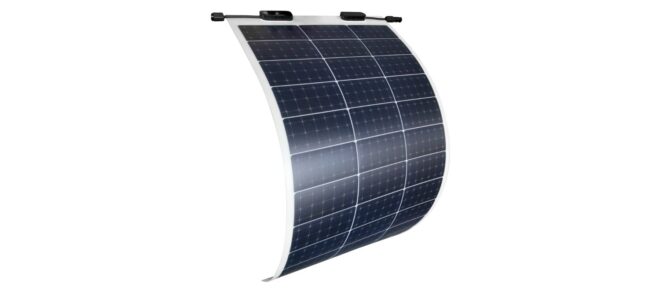
Photovoltaic (PV) design software plays a crucial role in the solar energy industry, facilitating the design and optimization of solar power systems. Before delving into the best PV design software available, it’s essential to understand the significance of such software and its role in the renewable energy sector.
What is PV?
PV, or photovoltaic, refers to the conversion of light into electricity using semiconducting materials. Solar panels, composed of multiple PV cells, capture sunlight and convert it into usable electrical energy. PV systems have become increasingly popular due to their sustainability and potential for reducing reliance on fossil fuels.
Importance of PV Design Software
PV design software streamlines the process of designing solar energy systems, from initial planning to installation. It enables engineers and designers to assess factors such as panel placement, sun exposure, shading, and energy output, ensuring optimal performance and efficiency. Additionally, PV design software helps estimate costs, calculate potential savings, and comply with regulatory requirements.
Types of PV Design Software
PV design software can be categorized into two main types: free and paid. Each type offers distinct advantages and limitations, catering to different user needs and budgets.
Free Software Options
Free PV design software provides basic functionality for designing solar energy systems without the need for a significant financial investment. These tools are often suitable for small-scale projects or individuals looking to explore solar energy options without committing to a paid solution.
Paid Software Options
Paid PV design software offers advanced features and capabilities, making it ideal for professionals and organizations involved in large-scale solar projects. While paid software requires a financial investment, it typically provides superior performance, accuracy, and technical support compared to free alternatives.
Features to Look for in PV Design Software
When choosing PV design software, several key features should be considered to ensure optimal performance and suitability for specific project requirements.
Simplicity and User-Friendliness
PV design software should have an intuitive interface and user-friendly features to facilitate efficient workflow and minimize the learning curve for users of all skill levels.
Accuracy and Precision
Accurate simulation and modeling capabilities are essential for predicting the performance of solar energy systems accurately. Look for software that uses advanced algorithms and data inputs to generate reliable results.
Compatibility with Different Systems
PV design software should be compatible with a wide range of hardware configurations and operating systems to accommodate diverse user preferences and project specifications.
Advanced Simulation Capabilities
Advanced simulation features, such as 3D modeling, shading analysis, and weather data integration, enhance the accuracy and realism of solar energy system designs, enabling users to optimize performance under various conditions.
Best Free PV Design Software
Several free PV design software options are available, offering basic functionality for designing solar energy systems at no cost. Some of the top free options include:
PV*SOL : Visit link

PV*SOL is a software for the configuration and shade analysis for PV systems. Designed for planners, architects, designers and technicians, you can calculate solar output, panel sizing and economic forecasting for your system.
Opensolar : Link

OpenSolar stands out as a cloud-based solar design software praised for its ease of use, quick design capabilities, and precise calculations, making it a top choice for installers worldwide. Its free access with unlimited projects and absence of ads make it particularly attractive. While it caters well to both startups and established companies in the solar industry, some drawbacks include the absence of Nearmap and a somewhat outdated user interface, with occasional delays in page loading and PDF generation. Nonetheless, its customizable proposal templates and lead generation form enhance its appeal, making it a valuable tool for businesses looking to streamline their solar installation processes and lower operating expenses.
HelioScope : Visit link

Each of these software tools has its unique features, advantages, and limitations, making them suitable for different types of projects and users.
Best Paid PV Design Software
For professionals and organizations seeking advanced features and technical support, paid PV design software offers superior performance and functionality. Some of the best-paid options include:
PVSyst : Visit link

PVSyst is a highly valuable software for the technical design, sizing, analysis, and financial assessment of solar PV power systems. It offers various pros such as the ability to design grid-connected, standalone, and pumping systems with detailed calculations for array losses, production, and efficiency. Its extensive libraries of PV modules and inverters allow users to access a wide range of components, and the software facilitates quick system design and energy production estimation. PVSyst also provides features like the loss tree for predicting energy generation losses and includes preloaded meteorological data for accurate simulations. Additionally, it offers strong support through tutorials, forums, and dedicated training.
While PVSyst is continuously updated and improved by its Swiss developers, there are still some limitations. For instance, designing bifacial PV modules on single-axis trackers remains a challenge, although efforts are being made to address this. Despite these limitations, PVSyst remains a popular choice among solar PV professionals, with other notable alternatives including Helioscope, Aurora, BlueSol, Homer, and PVSol.
Aurora Solar : Visit link

User-Friendly Interface: I find it simple to navigate and operate, reducing the learning curve for newcomers like me, to solar design.
Shading Analysis and 3D Modeling: I value the accuracy and information supplied, which enables users to construct optimal solar system designs that take into account shading concerns and seasonal variations.Review collected by and hosted on G2.com.
Pricing: I see that Aurora Solar’s price is on the high side, which may be an issue for smaller solar enterprises or individual consumers.
Internet Connection Requirement: Because Aurora Solar is a cloud-based platform, it requires a stable internet connection to function. This may be a drawback for users in places with unstable internet connectivity.
Case Studies: Real-World Examples of PV Design Software Usage
To illustrate the practical applications and benefits of PV design software, consider exploring real-world case studies and success stories from industry professionals and organizations. These examples highlight how PV design software can streamline the solar energy design process, improve efficiency, and maximize performance.





